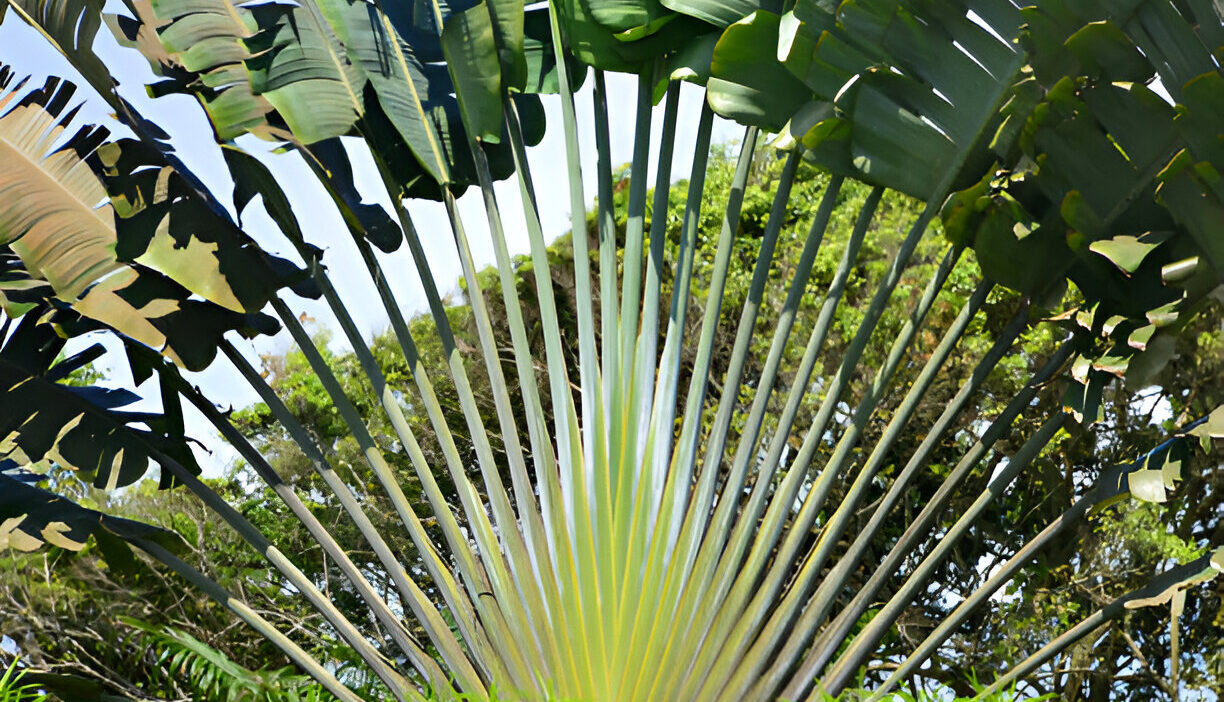The Traveller’s Palm is a weird and wonderful plant that has been fascinating botanists and plant lovers for centuries. With its looks and history it’s a plant of beauty and utility. In this article we will cover everything you need to know about the Traveller’s Palm, including its origin, characteristics, uses and where to find it. This is SEO optimised content that covers all the basics of this amazing plant.
What is the Traveller’s Palm?
The Traveller’s Palm (Ravenala madagascariensis) is a plant from Madagascar. Not a true palm but belongs to the bird-of-paradise family, Strelitziaceae. Its name comes from the myth that the leaves store water and can quench the thirst of tired travellers in the tropics. This feature and its fan-like shape has made it a favourite in gardens and landscapes around the world.
Traveller’s Palm Characteristics
The Traveller’s Palm is easy to spot because of these:
- Fan Shape: The leaves grow in one plane, in a fan shape. It’s a real showstopper.
- Big Leaves: The leaves are long and wide, like a banana plant. Up to 10 feet long.
- Tall: Up to 30 feet tall. A real giant in tropical and subtropical gardens.
- Water Storage: Each leaf base forms a cup that collects rainwater, which can be used as a natural reservoir.
- Unique Flowers: The flowers are small, white and hidden within large green bracts. Not very showy but adds to the plant’s charm.
History and Culture
The Traveller’s Palm has a special history and meaning:
- Water for Travelers: It was believed that the water in the leaf bases could quench a traveler’s thirst, hence the name.
- Meaning: In some cultures it means hospitality and protection.
- Use: In Madagascar the leaves are used for roofing and other purposes.
Where to Find the Traveller’s Palm
The Traveller’s Palm is native to Madagascar but is grown in many places around the world. Here’s where you can find it:
- Native Habitat: In the tropical forests of Madagascar where it loves humidity and warmth.
- Botanical Gardens: Many botanical gardens have this plant because of its unusual looks and exotic origins.
- Tropical and Subtropical Areas: In Southeast Asia, the Caribbean and parts of Central and South America.
Traveller’s Palm in Modern Landscaping
In modern landscaping, the Traveller’s Palm is a sought-after choice for:
- Tropical Themes: Adds an exotic touch to gardens and outdoor spaces.
- Privacy Screens: Its large leaves create a natural barrier.
- Accent Planting: Serves as a focal point in landscape designs.
Common Questions About the Traveller’s Palm
Q1: Is the Traveller’s Palm easy to grow?
Yes, with the right conditions, it is relatively easy to grow. Ensure it receives ample sunlight and water.
Q2: Does the Traveller’s Palm attract pests?
Like most plants, it can attract pests such as aphids and mealybugs. Regular maintenance can prevent infestations.
Q3: Can the Traveller’s Palm survive in cold climates?
No, it is best suited for tropical and subtropical climates. In colder regions, it can be grown in greenhouses or as a potted plant indoors.
Conclusion
The Traveller’s Palm is a versatile and stunning plant that captivates with its unique features and rich history. Whether you’re a gardening enthusiast, a landscaper, or someone curious about exotic plants, the Traveller’s Palm offers a fascinating subject of exploration. By understanding its characteristics, uses, and care requirements, you can appreciate why this plant has been a favorite among travelers and gardeners alike. So, why not add a touch of the tropics to your garden with the magnificent Traveller’s Palm?




